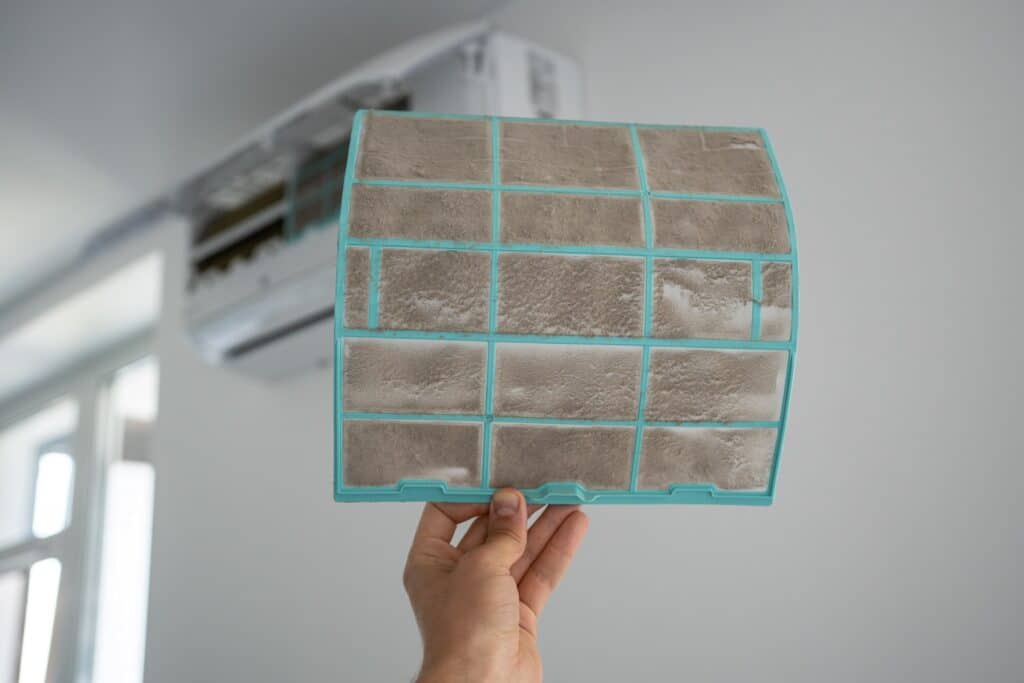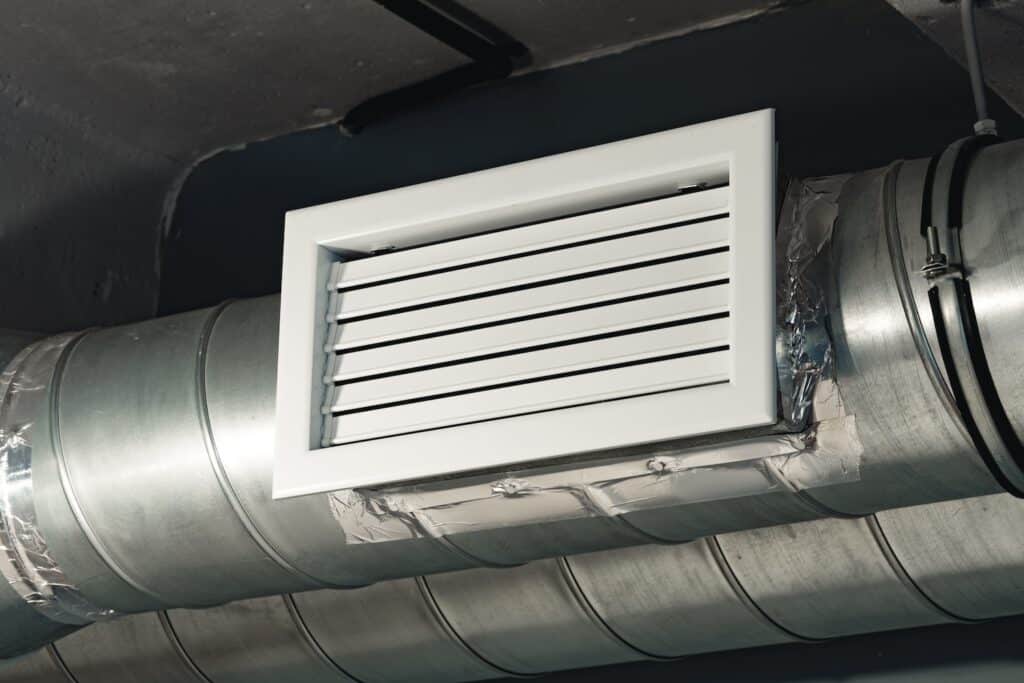Your home’s heating and cooling system depends on proper airflow to keep temperatures comfortable and energy bills manageable. A key part of that airflow is the return air duct. When it becomes blocked or starts leaking, that process doesn’t work as it should—and you may notice several side effects.
It can also lead to bigger problems like system strain, poor indoor air quality, and expensive repairs. So, knowing how your return air duct works can help you avoid big trouble, and this is your guide.
Why a Return Air Duct Matters
The return air duct pulls air from your home and sends it back to your HVAC system for heating or cooling.
Without this steady flow, your system can’t circulate air efficiently. That means rooms won’t stay at a consistent temperature, and your HVAC unit has to work harder to keep up.
Properly functioning return air ducts help to:
- Maintain even temperatures throughout your home
- Reduce strain on your HVAC system
- Improve indoor air quality by filtering and recirculating air
- Lower energy bills through more efficient operation

What Happens if a Return Air Duct is Blocked
When a return air duct is blocked—whether by furniture, dust buildup, or a clogged filter—airflow is restricted.
This creates several noticeable issues:
- Rooms may feel too hot or too cold compared to the rest of the house
- The HVAC system runs longer than usual, increasing wear and tear
- Air pressure imbalances can cause doors to close on their own or vents to whistle
- Dust and debris accumulate faster due to reduced air circulation
Over time, a blocked return air duct can strain the entire system. Your HVAC may struggle to pull in enough air, leading to overheating or short cycling, where it repeatedly turns on and off.
These issues make a home less comfortable and can even shorten the lifespan of your heating and cooling equipment.
What Happens if a Return Air Duct is Leaking
Leaks in a return air duct occur when there are gaps, cracks, or poor connections in the ductwork. This allows air to escape before reaching the HVAC system, leading to:
- Higher energy bills as the system compensates for lost air
- More dust and allergens entering the system, lowering indoor air quality
- Humidity imbalances that make some areas feel stuffy or damp
- Reduced heating and cooling efficiency, making it harder to maintain a comfortable temperature
Unlike a blockage, which can usually be spotted easily, duct leaks are often hidden behind walls, ceilings, or floors. Often, a professional’s keen eye will be needed to detect leaks and determine whether sealing or repairs are the best plan.
How to Tell There’s a Problem
- Inconsistent room temperatures: For instance, there could be a vent block or leak your living room feels comfortable but the upstairs bedroom remains stuffy no matter how long the system runs.
- A sudden spike in energy bills: Your HVAC system may be working harder to compensate for lost or restricted airflow. A leaking return air duct pulls in unconditioned air (often from attics or crawl spaces), and your HVAC has to work overtime.
- HVAC system runs longer than usual: You might notice the AC keeps running, even during mild weather, but making no discernible difference.
- Excessive dust around vents and in living areas: Or fine debris on surfaces shortly after cleaning—this can be from a leaky return duct drawing in dusty attic or basement air.
- Unusual noises from vents: Whistling, rattling, or banging sounds coming from vents or ductwork aren’t just annoying—they’re a sign of trouble

Other Recommended Maintenance
Keeping your return air duct in good shape doesn’t have to be excessive, but maintenance helps prevent issues, improves HVAC efficiency, and keeps your home comfortable.
- Change air filters every 1 to 3 months to maintain proper airflow and reduce system strain
- Keep vents clear of furniture, curtains, and rugs to prevent blockages
- Wipe down vent covers regularly to minimize dust buildup
- Inspect accessible ductwork for visible gaps, cracks, or loose connections
- Seal exposed ducts in basements, attics, or crawl spaces with foil tape or mastic to prevent air leaks
- Insulate ducts in unconditioned spaces to improve energy efficiency and maintain consistent temperatures
- Schedule yearly HVAC checkups to catch small problems before they become costly repairs
When to Call a Professional
While regular maintenance can help prevent many issues, some return air duct problems need professional attention.
If you’ve changed filters, cleared vents, and still notice:
- Uneven temperatures that don’t improve
- Rising energy bills without an obvious cause
- Weak airflow despite basic troubleshooting
- Persistent dust accumulation
- Strange noises coming from vents or walls
… then it’s time to contact an expert.
Professionals use specialized tools, like blower door and duct leakage tests, to locate hidden blockages or leaks.
These tests measure airflow and help pinpoint problem areas that aren’t visible. With that information, they can recommend solutions like sealing, duct repairs, or system adjustments to restore proper airflow.
Conclusion
A blocked or leaking return air duct can lead to uncomfortable rooms, higher utility bills, and added stress on your HVAC system. Simple preventive steps, like changing filters, keeping vents clear, and sealing accessible ductwork, can help avoid many issues.
In addition to comprehensive home inspections and Fortified certifications, Knockout offers blower door and duct leakage testing to find hidden airflow issues and get your HVAC back on track—call today.

